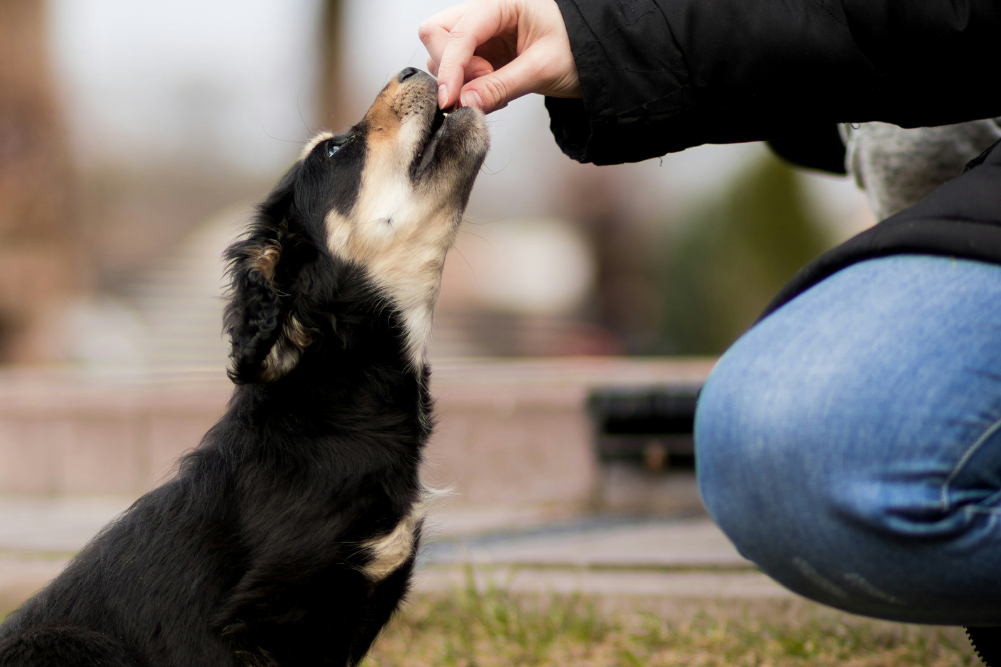
Integrating herbs into the diets of cats and dogs can significantly enhance their health, but proper dosing presents challenges. Pet owners often struggle to administer these supplements due to their animals’ sensitivity to new tastes and smells. Many pets instinctively resist strong flavors, leading to a common issue reported by frustrated caregivers: refusal to take herbs and supplements.
Effective Techniques for Dosing
Starting slowly is essential when introducing new supplements. It is advisable to introduce one herb at a time, gradually increasing the dose over several days. Many herbs and supplements are available in powdered or liquid forms, which facilitate a step-by-step increase in dosage. This method also allows caregivers to monitor for any side effects, including vomiting, reduced appetite, or soft stools.
For cats, a “stealth” approach often works best. Begin with a tiny pinch or drop of the herb, slowly increasing the amount over time. Unlike medications, herbs generally take longer to have an effect and are often used for chronic conditions. A gradual approach may take up to a month to reach the full dosage, but even small amounts can provide benefits. This method has proven effective for many pet owners, including those with senior cats who have chronic kidney disease.
Mixing Herbs with Food
Combining herbs and supplements with meals is a useful strategy for many dogs and some cats. However, this tactic may backfire with pets that have a poor appetite, potentially leading them to refuse food altogether. For reluctant pets, mixing herbs with highly palatable options can help. Some suggestions include:
– Chicken-flavored baby food (without onion)
– Canned cat food (as a special treat)
– Cream cheese
– Anchovy paste
– Low-fat yogurt
– Ground liver
– Mashed butternut pumpkin with grated cheese
For dogs, creating a “treat ball” using raw or cooked minced meat and sweet potato can be effective. Prepare two variations: one plain and one with the herbs, offering the plain version first to entice your pet.
Powdered herbs can also be transformed into small “pills” by mixing them with butter or yogurt, then freezing them for easier handling. Alternatively, caregivers can dissolve powdered or liquid herbs in flavored liquids for administration via syringe. Suitable liquids include unsalted, low-fat meat or chicken broth, water infused with liver treats, or blended portions of their regular meals.
Liquid herbal tinctures, such as echinacea, may cause gagging if administered directly. A recommended method involves adding the required dose to an egg cup, mixing it with just-boiled water, and then allowing it to cool before combining it with food. When using a syringe for liquid herbs, a dilution of at least 1:4 is advisable, and caregivers should administer the mixture slowly to prevent gagging.
Encapsulated herbs in gel capsules can be easier for pets to swallow when one end is coated with butter. Following this with a small amount of water or bone broth helps ensure the capsule moves smoothly down the esophagus.
In some cases, veterinary herbalists may suggest alternative methods of administering herbs, such as enemas, particularly for pets experiencing vomiting. A veterinarian or veterinary nurse may perform this procedure and, in certain instances, can provide training for caregivers to do it at home. Topical applications, like creams or ointments, can also be effective for treating skin conditions, lumps, or joint pain. To prevent pets from licking off these treatments, a short-term bandage may be necessary, or caregivers can distract their pets with a brief walk.
Administering herbs and supplements to pets can be challenging, but with patience and the right techniques, it becomes manageable. Each pet is unique, so experimenting with various approaches will help caregivers determine what works best for their animals. For further guidance, consulting a veterinary herbalist is recommended. Successful supplementation can lead to improved health outcomes and a better quality of life for pets.






